Overview
The acronym “CAYAs” refers to “Children, Adolescents, and Young Adults,” a demographic often studied in medical research, particularly in the context of cancer. This group typically includes individuals under the age of 39 and is a critical focus for understanding age-specific cancer impacts, treatment responses, and survivorship challenges.
Key Information
“CAYAs” is a well-recognized term within medical literature. It highlights a unique patient population with diverse biological, psychological, and social needs. Research in this area seeks to address gaps in knowledge and provide age-appropriate care for individuals in this group.
Clinical Significance
The CAYA population faces distinct challenges in cancer care, including delayed diagnosis, unique tumor biology, and treatment protocols that may not be tailored to their specific needs. Addressing these challenges is essential for improving outcomes and quality of life for young cancer patients.
Treatment & Management
Treatment and management strategies for CAYAs often require a multidisciplinary approach. This includes:
- Tailored Therapies: Ensuring that treatment regimens account for the unique biological characteristics of tumors in this age group.
- Psychosocial Support: Addressing mental health, fertility preservation, and social integration concerns.
- Survivorship Care: Developing long-term care plans to monitor for late effects of treatment and promote healthy lifestyles.
Patient Resources
CAYA patients and their families are encouraged to seek support from specialized programs that focus on young individuals with cancer. Trusted resources include:
- Healthcare Providers: Oncologists, pediatric specialists, and survivorship programs.
- Organizations: Groups such as Stupid Cancer and Teen Cancer America, which advocate for and support young cancer patients.
- Medical Literature: Peer-reviewed articles and studies focusing on CAYAs.
Frequently Asked Questions
- What does “CAYAs” mean in a medical context?
CAYAs stands for “Children, Adolescents, and Young Adults,” a group studied in oncology to address the unique needs of cancer patients under 39.
- What makes the CAYA population unique in cancer treatment?
This group often faces challenges such as delayed diagnoses, distinct tumor types, and a lack of age-specific treatment protocols.
- Where can I find reliable information about CAYA-focused care?
Reliable information is available through oncology specialists, survivorship programs, and reputable organizations dedicated to young cancer patients.






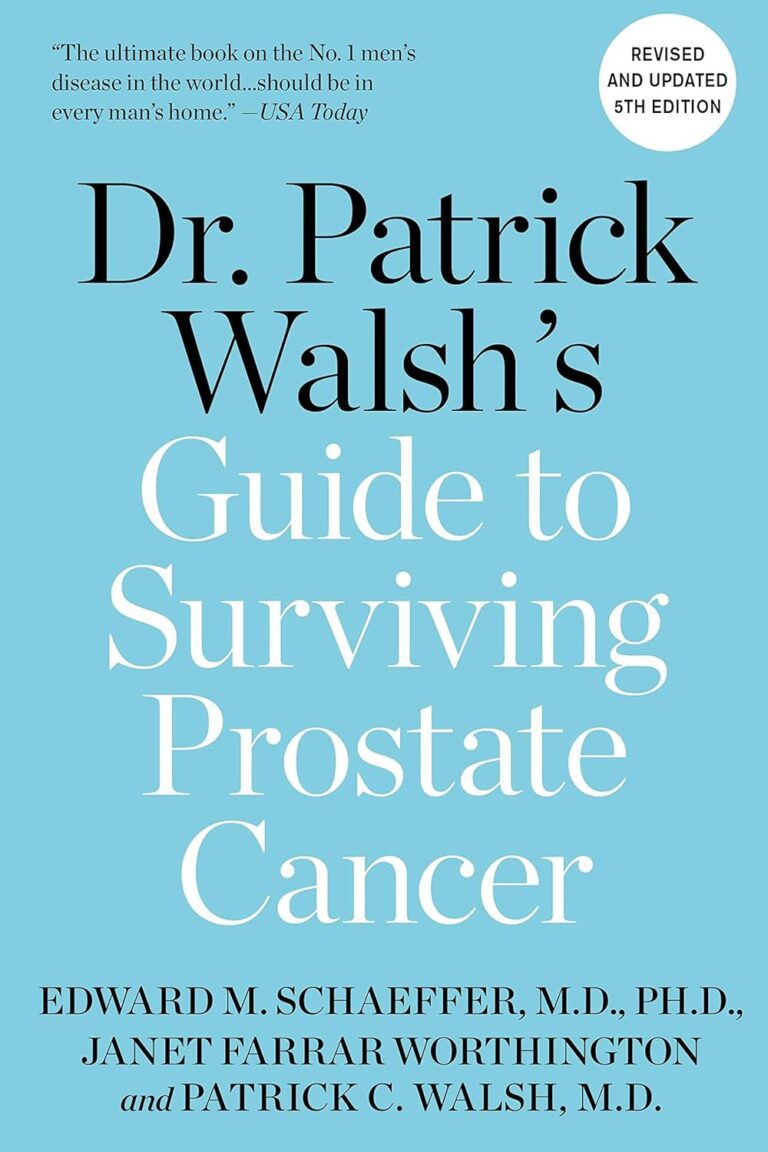
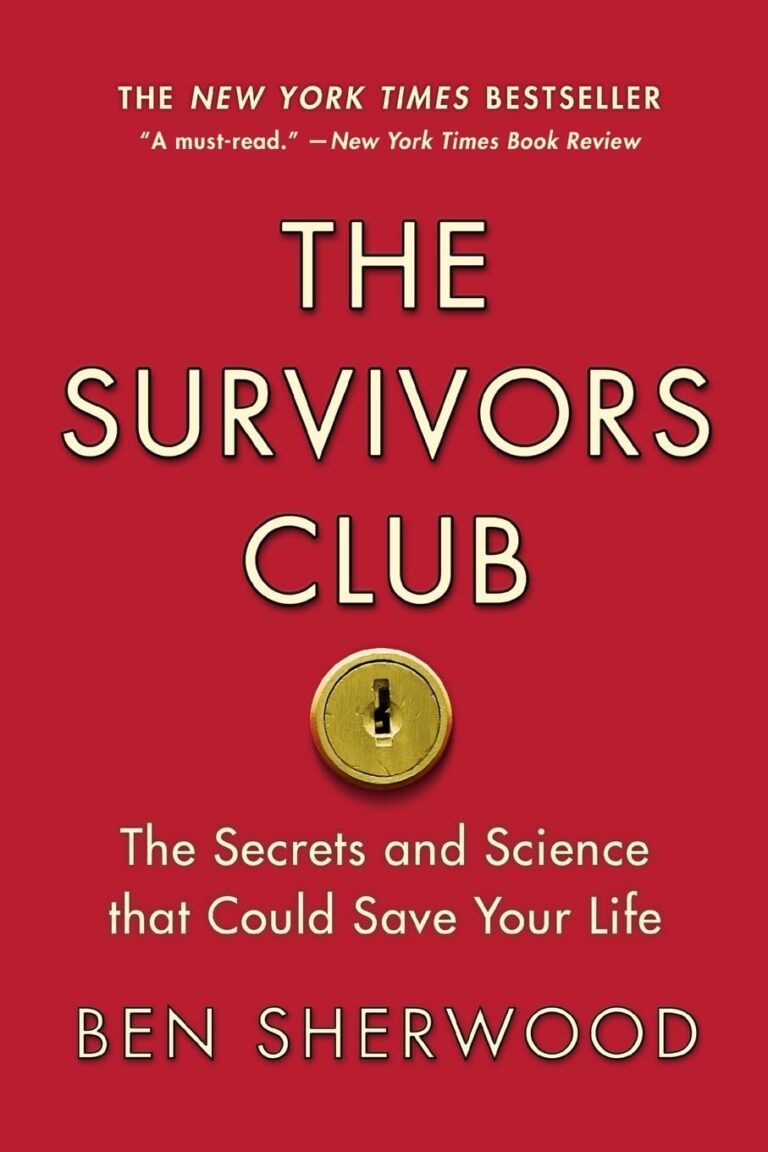
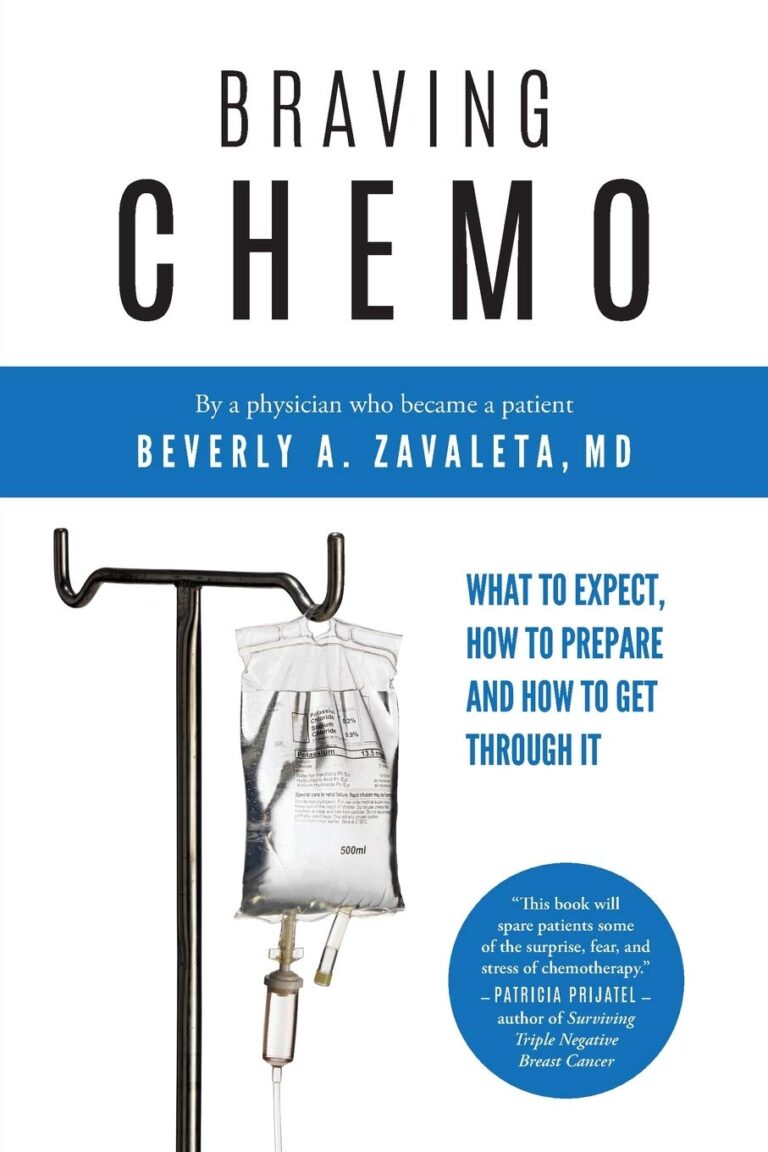


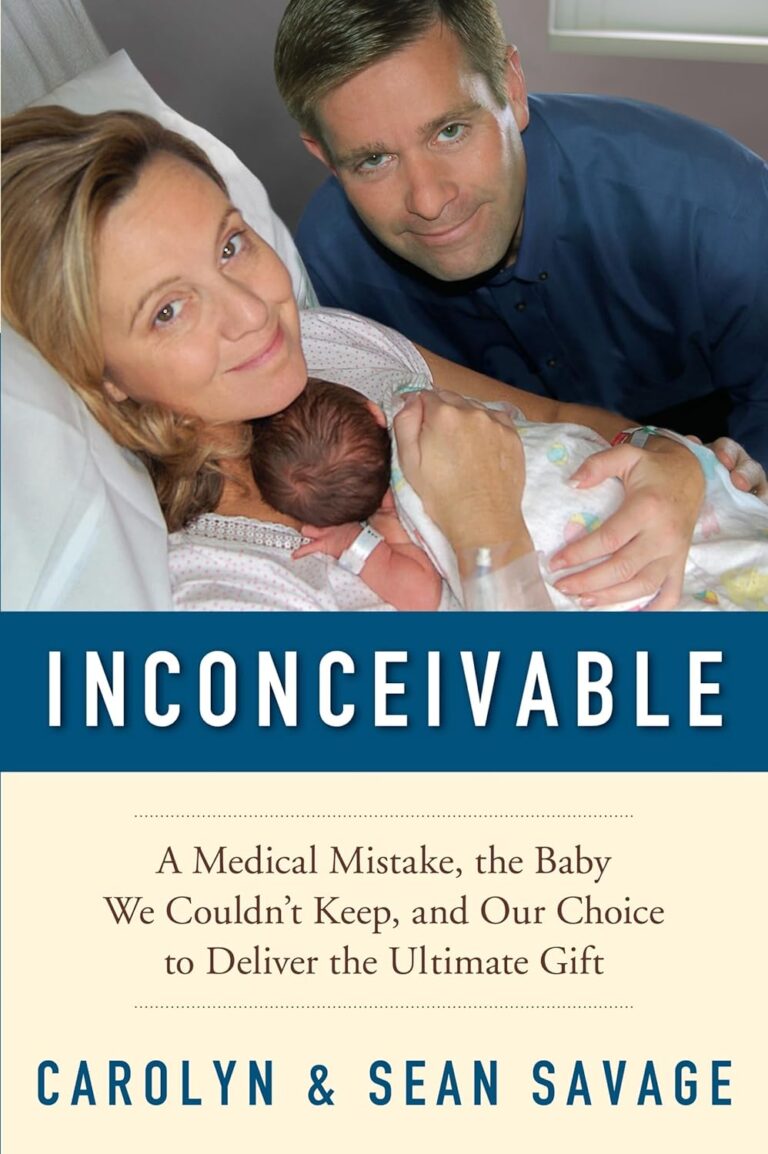
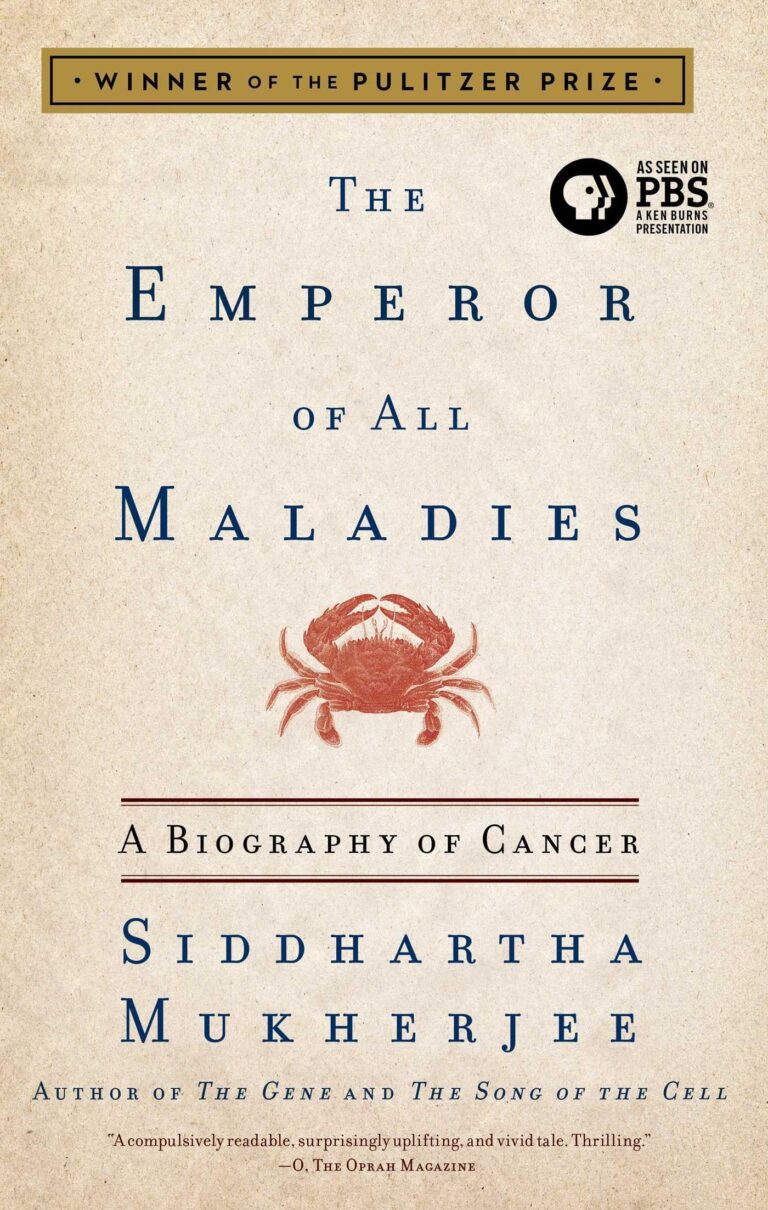




Comments
Thank you. Comment sent for approval.
Something is wrong, try again later